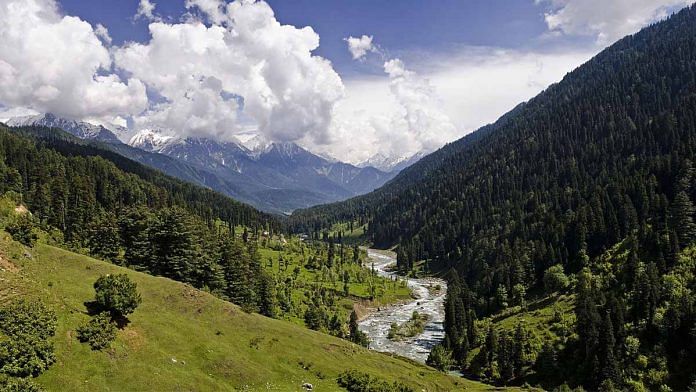Thank you dear subscribers, we are overwhelmed with your response.
Your Turn is a unique section from ThePrint featuring points of view from its subscribers. If you are a subscriber, have a point of view, please send it to us. If not, do subscribe here: https://theprint.in/subscribe/
When I first heard of the deadly attack on tourists in Pahalgam, I’ll admit, I was angry. The more we got to know, the more it riled me up. Killing an innocent person without cause is deplorable. Killing an innocent person just because he followed a religion other than yours is outright evil.
Here’s the thing though, that attack was only half successful. The jihadists were responsible for only one part of a two-part plan. Their handlers relied on us to execute the other half. And we’re doing it right now. Right on schedule.
The terrorists did single out Hindu tourists, verified their religion, and then killed them in cold blood. But they didn’t kill them mindlessly. Think about it, why did they target the tourists and not the army personnel? Why did they let their spouses go? Why did they do it right at the start of the tourist season, and not when it was at the peak of it?
They wanted the survivors to return home and recount their horrifying ordeal to the public. They wanted the rest of India to know that the killings were not indiscriminate. As one survivor, Pallavi, recounted, a terrorist told her after gunning down her husband, “Nahin marenge. Tum Modi ko jaake bolo” (“I won’t kill you. Go and tell Modi”).
Here’s what they were hoping to achieve: they wanted these chilling details to spread widely in public. They anticipated that these specifics would be endlessly repeated on news channels by angry panelists. They hoped that inflammatory hashtags and understandable fears would prompt others to stop visiting Kashmir, thereby isolating Kashmiris trying to assimilate into the rest of India. On a larger scale, they were hoping to sow fresh distrust among us and use it to find disgruntled members of the Indian Muslim community as possible allies.
That was the second part of their attack. One they relied upon us to execute. And we’re doing it flawlessly.
And don’t let this rant fool you into thinking that this an idealist left-wing defense devoid of practicality. There’s ample historical backing to this.
Every time the Pakistani military establishment perceives a loss of its relevance or influence within Pakistan, a major terror incident occurs in India. Recall incidents like the Kargil war in 1999, the Mumbai 26/11 attacks in 2008, or the Pulwama attack in 2019. General Asim Munir, Pakistan’s Chief of Army Staff, delivered a high-pitched speech just days before these recent killings, in which he referred to Kashmir as Pakistan’s “jugular vein” and doubled down on the notion that Pakistan’s Islamic identity is fundamentally distinct from that of India’s largely Hindu population. Such rhetoric leaves little to the imagination regarding motivations. The army of a state is never more relevant than when that state is at war.
Furthermore, consider the economic context. As per the Economic Survey of Jammu and Kashmir for 2024-25, the Union Territory’s nominal GSDP is projected to grow at a rate of 11.19%. Its real GSDP is projected at 7.06%, with per capita income estimated to grow by 10.6% in 2024-25. Compare this with Pakistan’s nominal GDP growth rate, which the IMF, in its April 2025 World Economic Outlook, projected downwards to 2.6% for fiscal year 2025. One doesn’t have to be an economist to see the stark difference in these numbers. And one doesn’t have to be a defense expert to see how a stable, economically thriving Kashmir, integrated with the rest of India, represents a significant setback to those who seek to keep the region unstable.
This isn’t the first time we’ve come close to war with Pakistan. But this might be the first time we’ve come to war with them as a divided nation. And that might make all the difference, for worse.
These pieces are being published as they have been received – they have not been edited/fact-checked by ThePrint.


